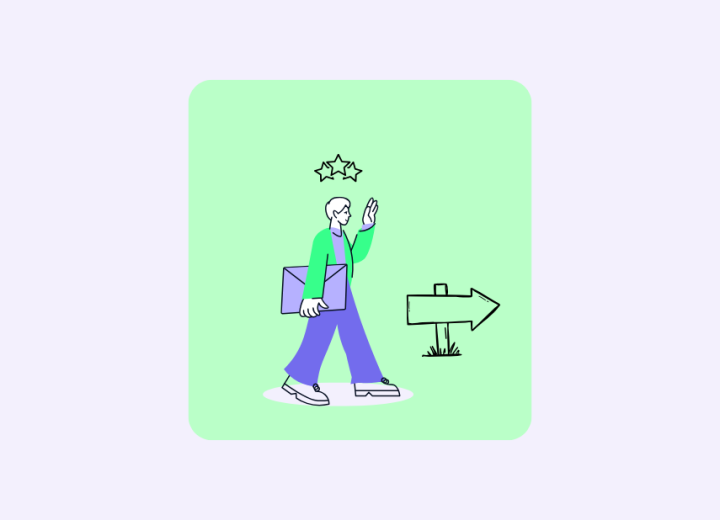Problem-Solving: Great Expertise, Wrong Playbook
Pitfall: Unfamiliarity with consulting-specific problem-solving methods.
When solving the case problem, some candidates frequently apply familiar industry approaches rather than relying on first principles and a structured, top-down method expected in consulting. This leads to weak (non-MECE) frameworks and ineffective problem-solving. Common signs include:
- Ignoring your initial framework during analysis.
- Frequently getting stuck after the framework stage.
- Taking too long to solve the case or reach conclusions.
How to fix it:
- Familiarize yourself deeply with structured, top-down logic used in consulting. A highly recommended resource is Barbara Minto’s "The Pyramid Principle," beneficial for both the interview and the job itself.
- Receive targeted feedback on your problem-solving approach from someone with consulting experience, ideally a current or former manager, as they regularly evaluate consultants' performance and understand what’s required.
Business Judgment: Depth Without Breadth
Pitfall: Difficulty adapting to questions outside your immediate expertise.
I’ve often seen candidates who do well in cases related to their own industry but struggle significantly when faced with a case problem in an unfamiliar industry or practice area
In addition, candidates sometimes inappropriately force-fit their existing expertise and reasoning into cases where it isn't relevant
- For example, I once coached a marketing expert who repeatedly applied marketing logic in cases clearly requiring operational insights.
How to fix it:
- Always critically assess the relevance of your expertise. Regularly ask yourself, "Does this really fit here?"
- Deliberately practice business judgment exercises across diverse industries with experienced partners.
Math: Rusty Mental Muscles
Pitfall: Discomfort with numerical calculations and quantitative thinking.
Many experienced hires rely heavily on spreadsheets, and then when faced with calculations in the case interview under pressure they either fail to get a correct calculation or struggle to perform it smoothly
This is particularly evident in candidates from non-business backgrounds (such as public sector roles) where this problem can be compounded by an unfamiliarity with relevant business formulas (e.g. breakeven)
How to fix it:
- This gap is relatively straightforward to address through practice and drilling.
- Regularly practice mental math under time pressure.
- It can also be useful to familiarize with several common business concepts.
👉 Check out our Case Interview Basics. They are a great starting point for understanding core business concept and structures.
👉 Sharpen your calculation speed and accuracy with our Mental Math Tool. Perfect for practicing under time pressure!
Communication: Experience ≠ Consultant Crispness
Pitfall: Relying on existing communication habits rather than concise, top-down methods.
Some candidates communication can often be too verbose, causing the interviewer to lose track of the key messages and find it hard to follow the logic.
In addition, candidates sometimes misunderstand what top-down communication entails, inadvertently communicating bottom-up, particularly during fit questions or chart insights in the case.
How to fix it:
- Again, Barbara Minto’s "The Pyramid Principle" is invaluable for mastering top-down communication
- Leverage tools like ChatGPT to refine your storytelling, ensuring brevity and clarity
- If uncertain about message clarity, seek direct feedback from trusted and experienced sources.
👉 Explore our guide on AI in interview preparation to learn how tools like ChatGPT can enhance your interview practice.
Key Takeaways
Each pitfall outlined above represents a skill gap, not a judgment of your talent. Identify your weaknesses, implement targeted practice, and actively seek quality feedback. With deliberate preparation, your extensive industry experience can become your greatest asset.
About the Author




